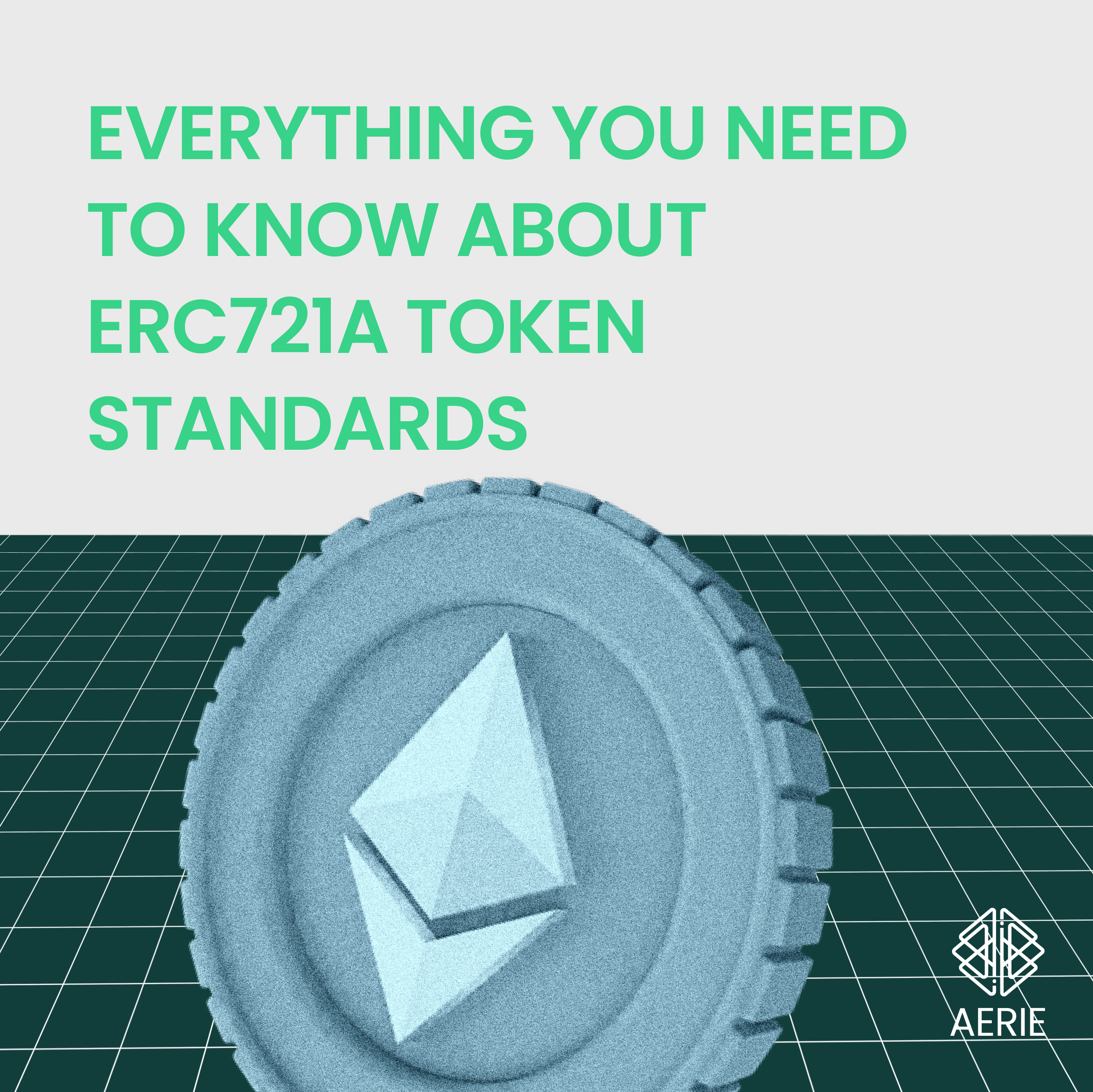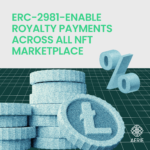Everything You Need to Know About ERC-721A Token Standards

ERC-721A is an extension of the ERC721 standard, designed to enhance the capabilities of non-fungible tokens on the Ethereum blockchain. It provides a set of guidelines for creating unique tokens, each representing a distinct asset or item. Distinguishing Features of ERC721A.
ERC721A tokens, like their predecessor ERC721, are non-fungible, meaning each token is unique and cannot be replaced or exchanged on a one-to-one basis with another token. This uniqueness is a fundamental characteristic, enabling the representation of diverse assets in a digital format. Working Mechanism.
The ERC721A standard introduces improved functionalities for managing and interacting with NFTs. It builds upon the foundation laid by ERC721, enhancing the overall user experience and developer capabilities.
ERC-721A tokens are often used to represent digital or physical assets in a secure and decentralized manner. These assets can range from digital art and collectibles to real estate and in-game items.
Key Components of ERC-721A Token :
1. Token Structure
Similar to ERC721, ERC721A tokens consist of crucial components such as a unique identifier for each token, metadata containing information about the asset, and smart contract functions to facilitate token transfers and interactions.
2. Smart Contracts
ERC721A relies on smart contracts deployed on the Ethereum blockchain to define the behavior of the tokens. These contracts include functions for minting new tokens, transferring ownership, and querying information about a specific token. Smart contracts implementing the ERC721A standard adhere to specific guidelines to ensure interoperability and compatibility within the Ethereum ecosystem.
Use Cases and Applications :
1. Digital Art and Collectibles
ERC721A tokens find widespread use in the realm of digital art and collectibles. Artists and creators tokenize their work, allowing for secure ownership and provenance tracking through the blockchain.
2. Gaming Industry
The gaming industry leverages ERC721A tokens to represent in-game assets, characters, and items. This not only provides players with true ownership of their digital possessions but also enables cross-game interoperability. How to Interact with ERC721A Tokens.
3. Wallet Integration
Users can interact with ERC721A tokens through compatible Ethereum wallets. These wallets allow users to view their token holdings, transfer tokens to others, and engage with decentralized applications (dApps) that support ERC721A standards.
4. Marketplaces and Platforms
Various online marketplaces and platforms facilitate the trading and exchange of ERC721A tokens. Users can discover, buy, and sell digital assets seamlessly, thanks to the standardized nature of ERC721A tokens.
Conclusion :
In conclusion, ERC721A stands as a significant evolution in the world of non-fungible tokens, building upon the foundation laid by ERC721. Its enhanced functionalities, interoperability, and diverse applications make it a crucial standard within the Ethereum ecosystem.
This article provides a comprehensive overview of ERC721A, covering its key features, components, and real-world applications. As the adoption of NFTs continues to grow, understanding the nuances of ERC721A becomes essential for both developers and enthusiasts alike.








